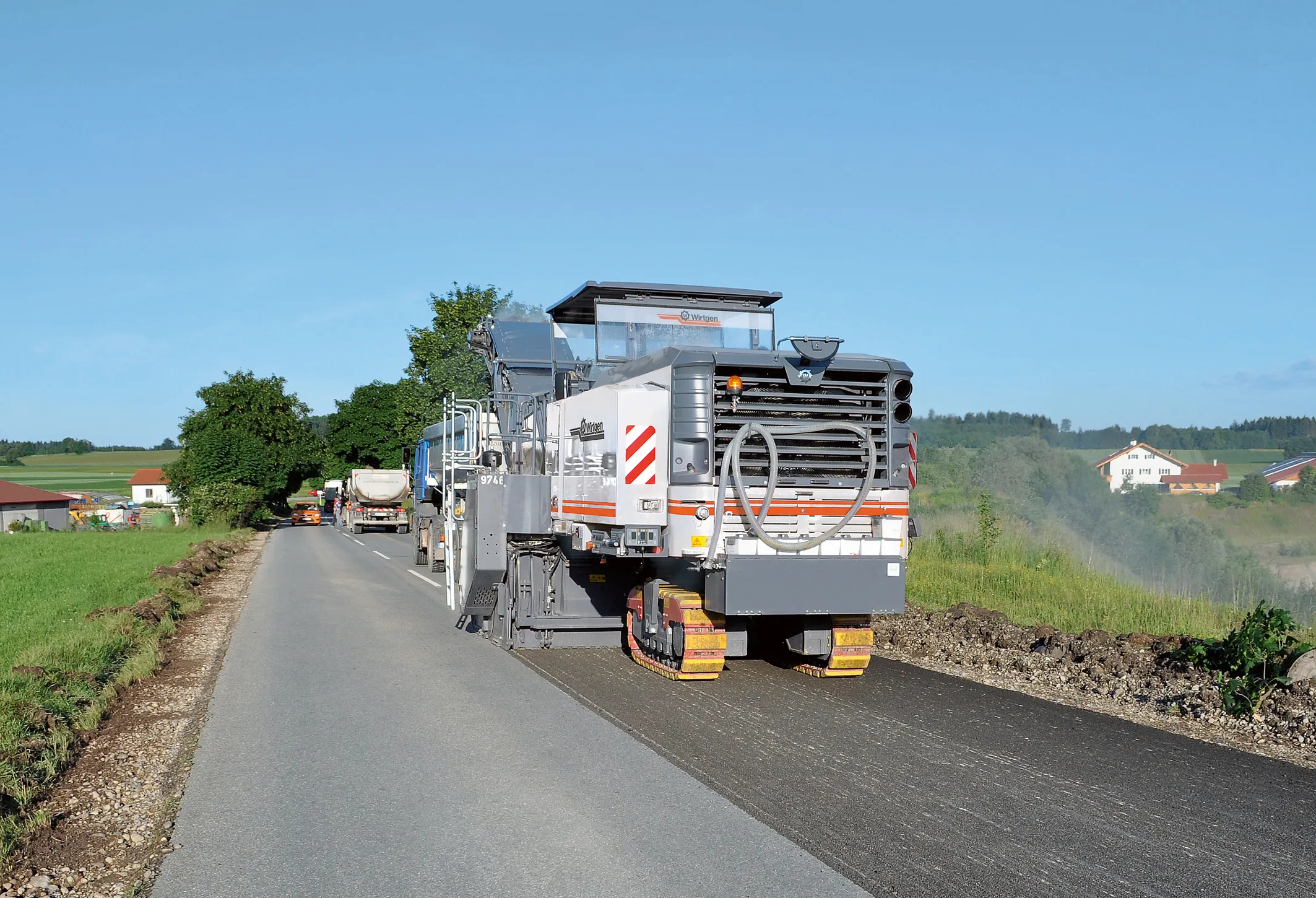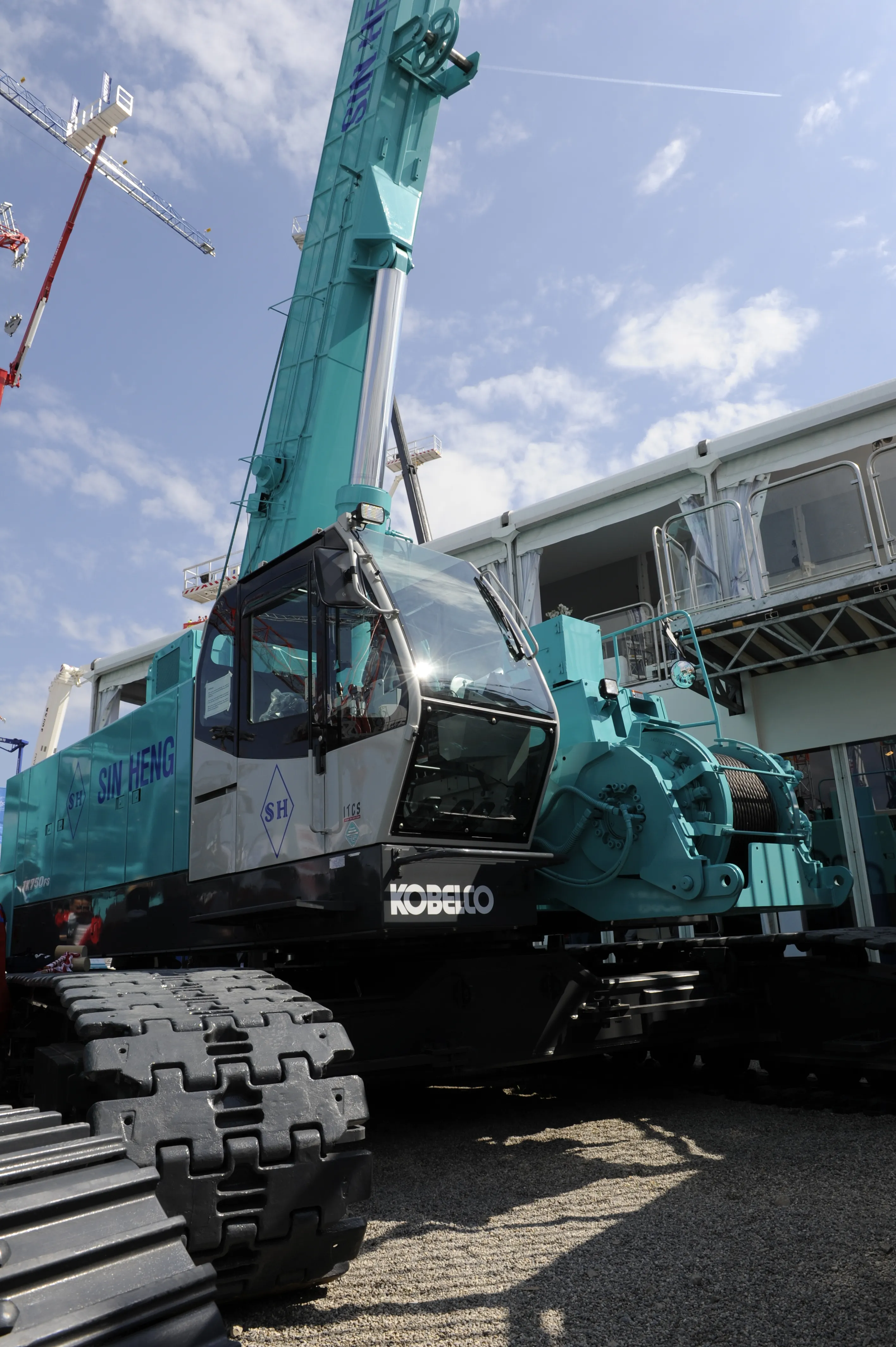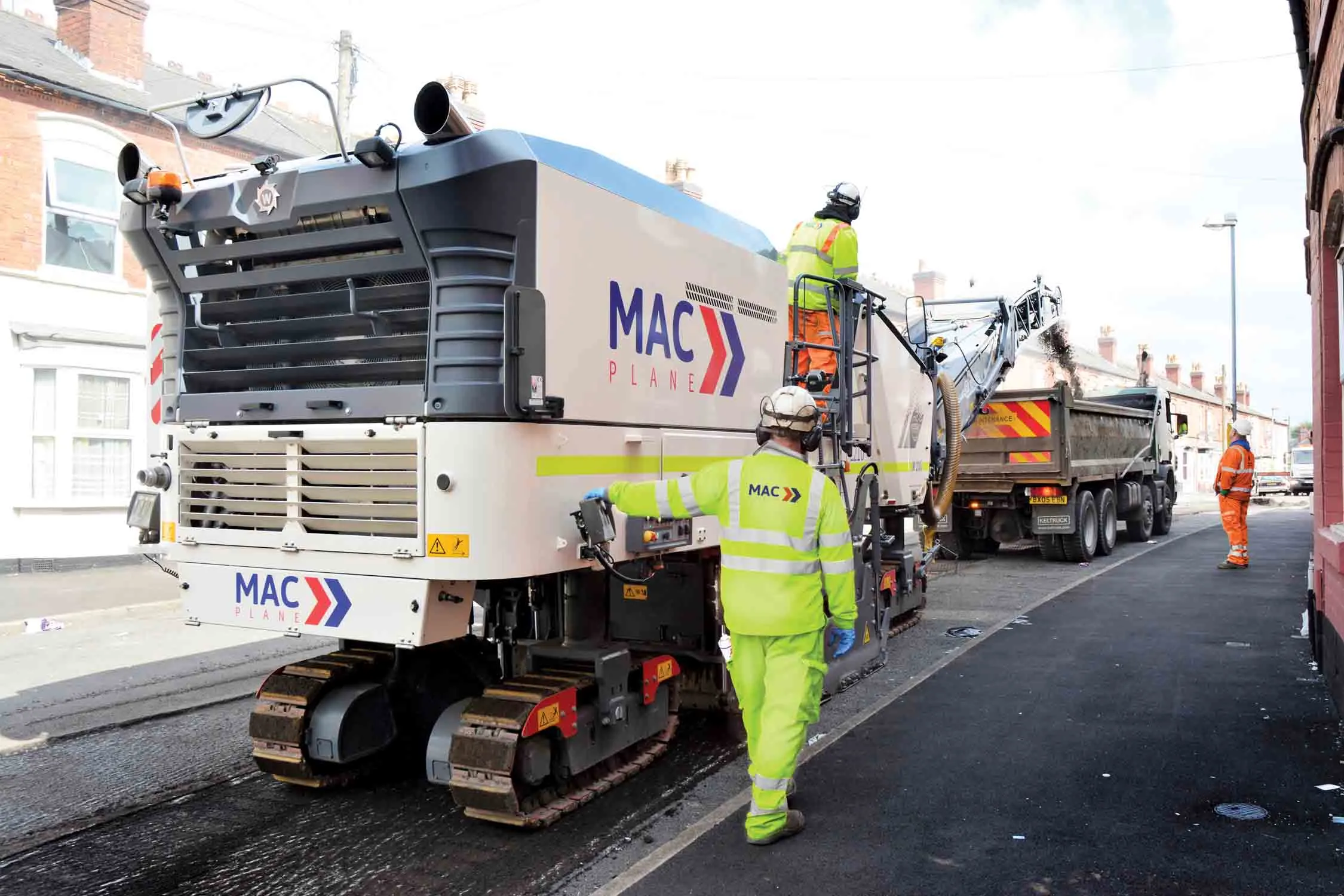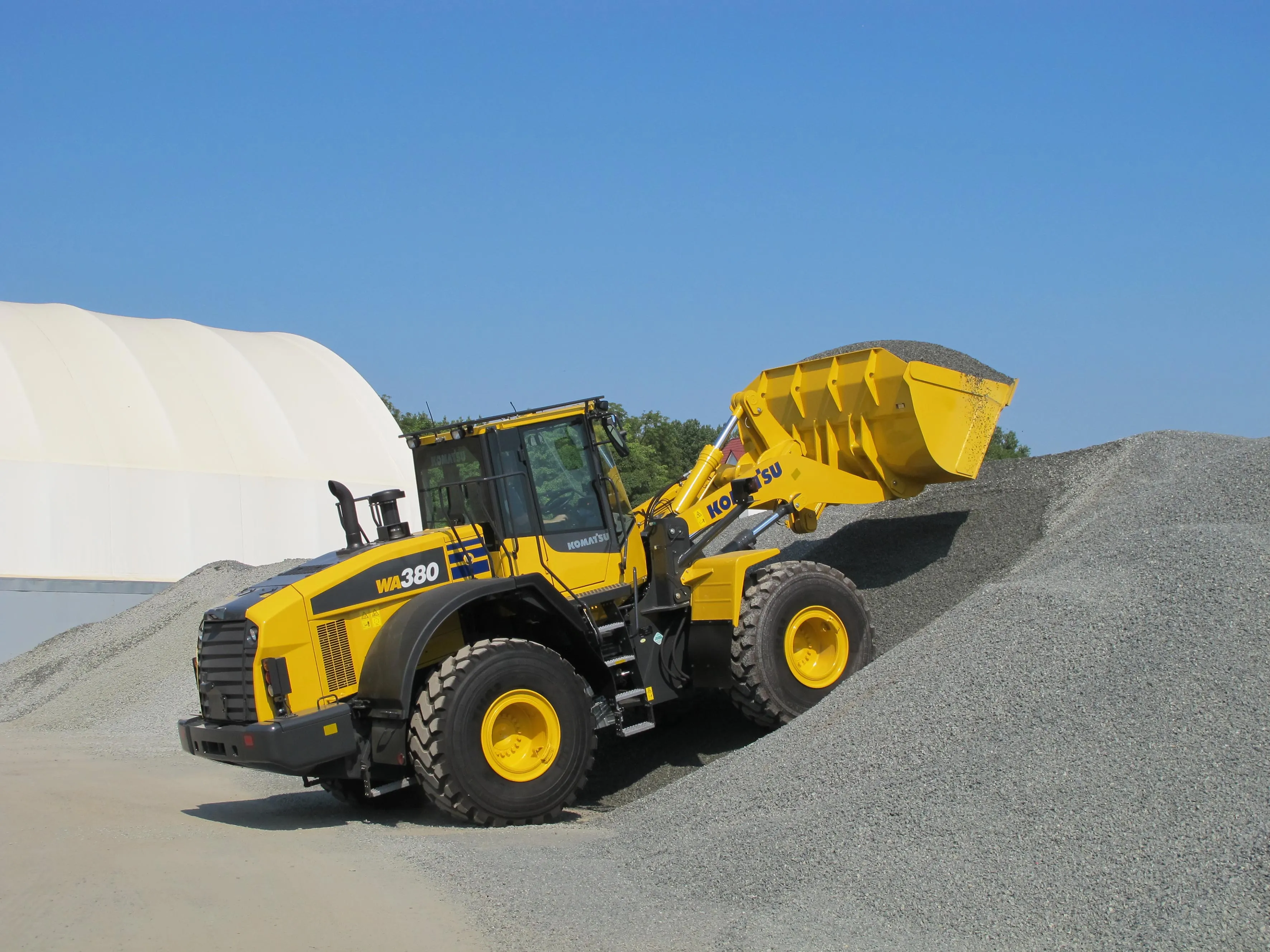Wirtgen is introducing a powerful and productive new milling machine in the shape of its W 250i. This high-performance planer is the company's most powerful cold milling machine. The machine is available with an extra-large milling drum unit for a working width of 3.8m, offering a 70% increase in milling width over a standard machine and a notable increase in performance. It also sports a camera system and the Vacuum Cutter System (VCS). High rates of productivity, maximum cost efficiency and the eco-friend
February 17, 2014
Read time: 3 mins

This machine has been design for use in planing large job sites on high or airports at high speed. The Wirtgen large milling machine can remove asphalt layers with a milling depth of up to 350mm and hard concrete surfaces at a high advance rate. In addition to removing complete roadway sections in a single pass, individual layers can also be removed economically. The W 250i offers a high advance rate and maximum milling productivity due to its high engine power output. Above all, the intelligent WIDRIVE machine management system, the three selectable milling drum speeds and the dual engine system keep the operating costs low for a cold milling machine in this performance class. As a result of the twin engines, the W 250i offers the high-performance milling with the full power from two diesels, as well as a cost-efficient mid-range milling machine that can operate with one engine for removing softer asphalt surface courses or porous asphalt.
The operator can set the most milling drum speed for the job from the control panel, even during the milling process. In the case of standard milling jobs, such as the removal of a surface course, the W 250i operates with the medium milling drum speed of 1,800 rpm, also producing the milled material in favourable particle sizes. When removing thin surfaces at the maximum advance rate, the high milling drum speed of 2,000 rpm is selected, producing a superior milling texture. In order to achieve maximum milling output while keeping the costs low, the lowest speed of 1,600 rpm is the right choice for complete removal as it reduces fuel consumption and cutting tool wear.
The standard milling width of the W 250i is 2.2m. This can be extended by fitting the machine with additional milling drum units for working widths of 2.5m, 3.10m, 3.5m, 3.8m or even 4.4m. For milling drum units with working widths greater than 2.2m, the W 250i is equipped with extension elements. In the case of a milling width of 2.2m, a machine version is also available with FCS Light. The tried and tested FCS Light quick-change system for milling drums allows different milling operations to be carried out by using different milling drums. The large milling widths are particularly suited for efficiently removing surface courses extending over a large area.
%$Linker:








